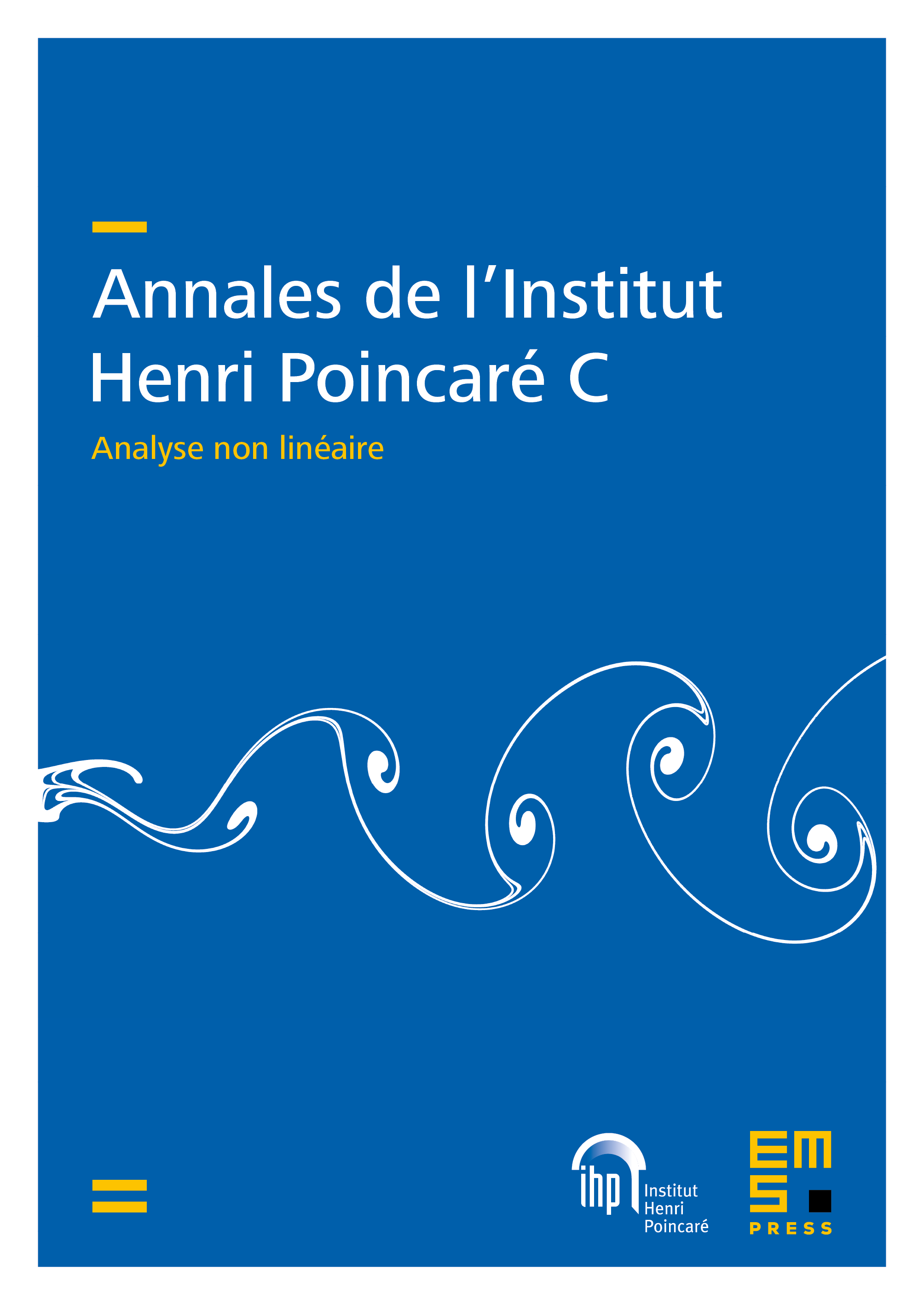A quantitative strong parabolic maximum principle and application to a taxis-type migration–consumption model involving signal-dependent degenerate diffusion
Michael Winkler
Universität Paderborn, Germany

Abstract
The taxis-type migration–consumption model accounting for signal-dependent motilities, as given by , , is considered for suitably smooth functions which are such that on , but that in addition with . In order to appropriately cope with the diffusion degeneracies thereby included, this study separately examines the Neumann problem for the linear equation and establishes a statement on how pointwise positive lower bounds for nonnegative solutions depend on the supremum and the mass of the initial data, and on integrability features of and . This is thereafter used as a key tool in the derivation of a result on global existence of solutions to the equation above, smooth and classical for positive times, under the mere assumption that the suitably regular initial data be nonnegative in both components. Apart from that, these solutions are seen to stabilize toward some equilibrium, and as a qualitative effect genuinely due to degeneracy in diffusion, a criterion on initial smallness of the second component is identified as sufficient for this limit state to be spatially nonconstant.
Cite this article
Michael Winkler, A quantitative strong parabolic maximum principle and application to a taxis-type migration–consumption model involving signal-dependent degenerate diffusion. Ann. Inst. H. Poincaré Anal. Non Linéaire 41 (2024), no. 1, pp. 95–127
DOI 10.4171/AIHPC/73